Grow Lush Delicious Lettuce In Containers With These Companion Plants
Grow Lush Delicious Lettuce in Containers with These Companion Plants
Lettuce is a delicious and versatile vegetable that is easy to grow in containers. It can be grown in a variety of climates, and it doesn't require a lot of space. However, there are a few things you can do to help your lettuce grow lush and delicious. One of the best ways to do this is to plant it with companion plants.
Companion planting is a gardening technique that involves planting certain plants together to benefit each other. There are many different companion plants that can be grown with lettuce, but some of the best include:
- Basil: Basil repels aphids, which can be a major pest for lettuce. It also helps to improve the flavor of lettuce.
- Chives: Chives repel aphids and other pests, and they also help to improve the flavor of lettuce.
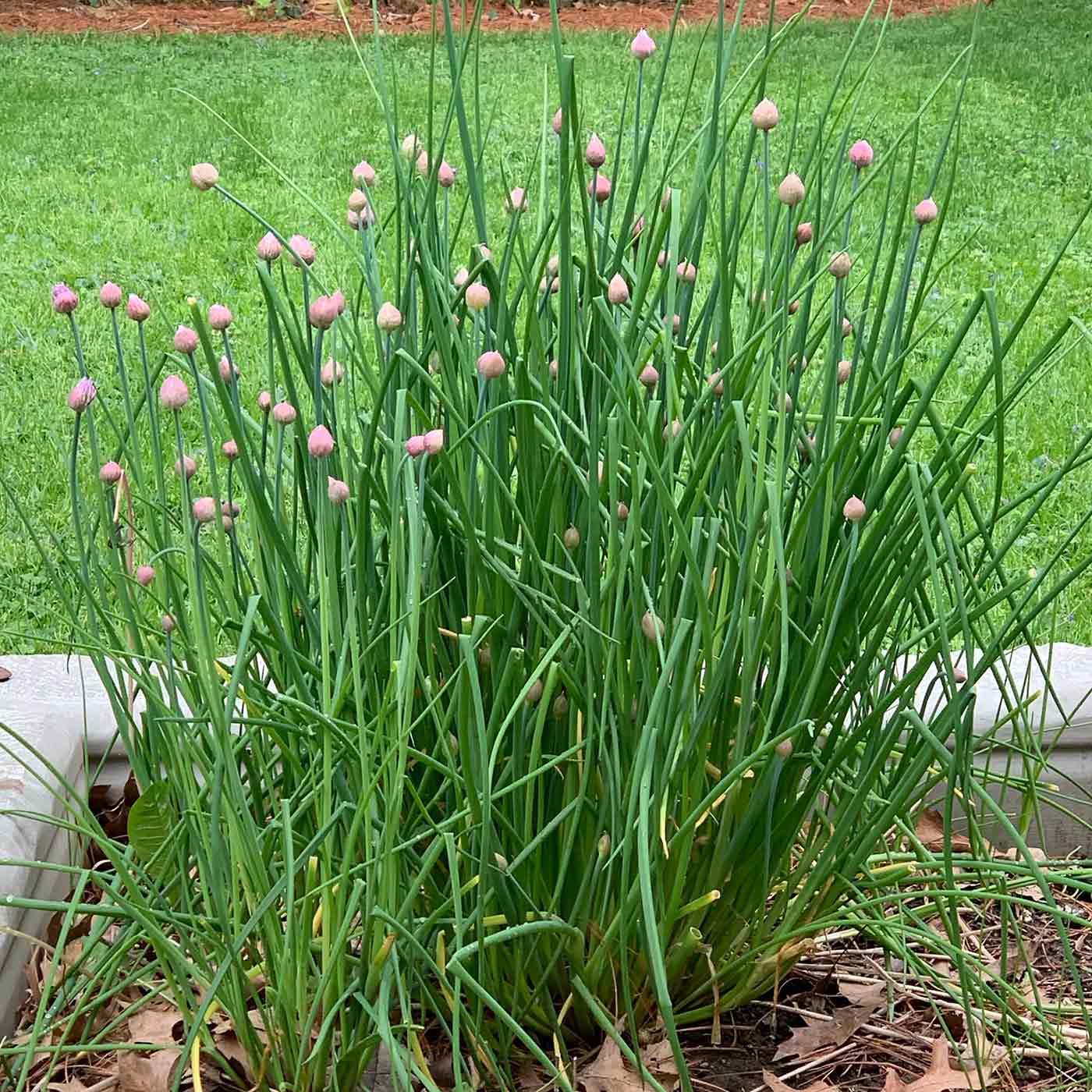
- Garlic: Garlic repels aphids, mosquitoes, and other pests. It also helps to improve the flavor of lettuce.
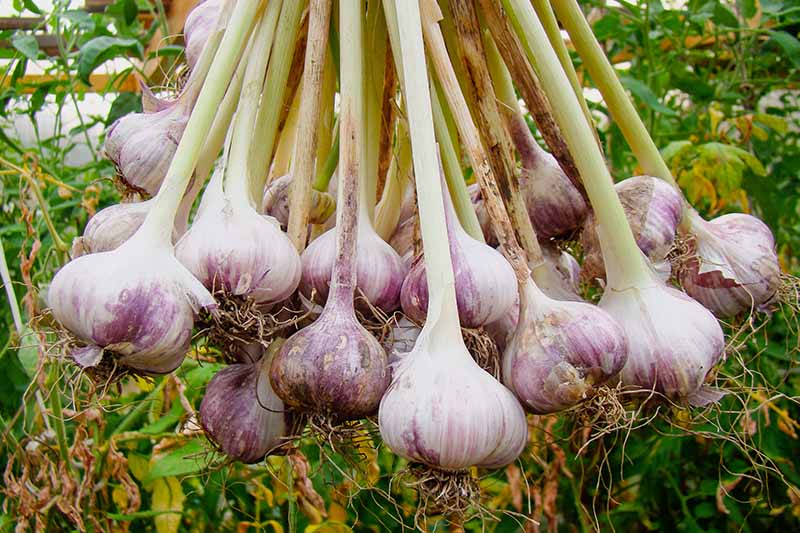
- Marigolds: Marigolds repel nematodes, which can be a major problem for lettuce. They also help to improve the flavor of lettuce.

- Onions: Onions repel aphids, mosquitoes, and other pests. They also help to improve the flavor of lettuce.
- Potatoes: Potatoes help to suppress weeds, which can compete with lettuce for nutrients. They also help to improve the flavor of lettuce.

- Radishes: Radishes help to deter pests, such as slugs and snails. They also help to improve the flavor of lettuce.
In addition to these companion plants, there are a few other things you can do to help your lettuce grow lush and delicious. First, make sure to plant your lettuce in a sunny spot. Lettuce needs at least six hours of sunlight per day. Second, use a good quality potting mix. Lettuce prefers a light, well-draining potting mix. Third, water your lettuce regularly, but don't overwater it. Lettuce is susceptible to root rot if it is overwatered. Finally, fertilize your lettuce every few weeks with a balanced fertilizer.
By following these tips, you can grow lush, delicious lettuce in containers with companion plants. This will give you a bountiful harvest of fresh, flavorful lettuce all season long.
Lettuce is a delicious and versatile vegetable that can be grown in containers. But did you know that there are certain plants that can help your lettuce grow better? These are called companion plants, and they can provide a variety of benefits, such as deterring pests, attracting beneficial insects, and improving soil health.
Some of the best companion plants for lettuce include:
- Carrots: Carrots help to loosen the soil and attract beneficial insects, such as ladybugs and lacewings.
- Dill: Dill attracts beneficial insects, such as ladybugs and lacewings, and it also improves the health and growth of lettuce.
- Marigolds: Marigolds help to deter pests, such as nematodes and aphids, and they can also help to improve soil health.
- Radishes: Radishes help to break up compacted soil and they are more tender and succulent when grown with lettuce.
- Strawberries: Strawberries help to improve soil health and attract beneficial insects, such as predatory mites and parasitic wasps.
If you're looking to grow lettuce in containers, I recommend visiting Gardenia Inspiration for more information about companion planting. This website has a comprehensive list of companion plants for lettuce, as well as tips on how to plant and care for your plants.
FAQ of companion plants for lettuce in containers
Q: What are some good companion plants for lettuce in containers?
A: There are many good companion plants for lettuce in containers, but some of the best include:
- Carrots: Carrots and lettuce have similar growing requirements and do not compete for resources. Carrots also help to loosen the soil, which can benefit lettuce.

- Herbs: Herbs like chives, parsley, and cilantro are great companions for lettuce because they attract beneficial insects that help to control pests.
- Marigolds: Marigolds are known for their insect-repelling properties, so they can help to keep pests away from your lettuce plants.

- Nasturtiums: Nasturtiums are another good insect-repelling plant, and they also add a splash of color to your container garden.
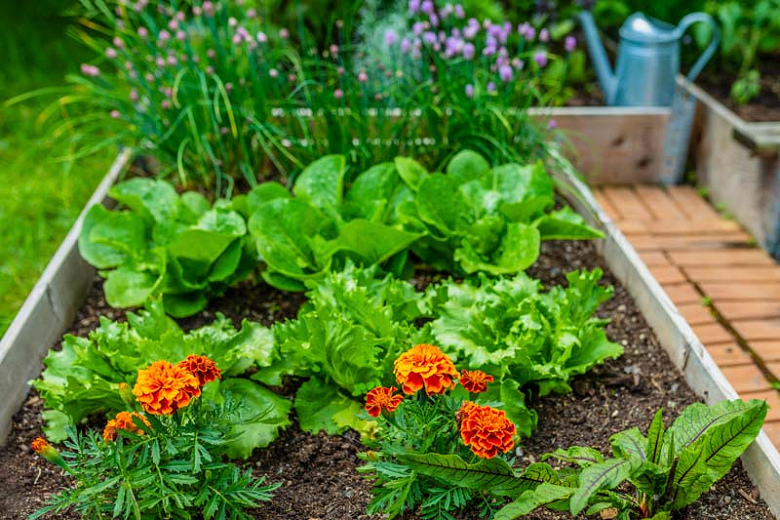
- Buckwheat: Buckwheat is a nitrogen-fixing plant, which means that it can help to improve the soil quality in your container garden. It also attracts beneficial insects, such as ladybugs and lacewings.

Q: How do companion plants benefit lettuce?
A: Companion plants can benefit lettuce in a number of ways, including:
- Attracting beneficial insects: Many companion plants attract beneficial insects, such as ladybugs and lacewings, which help to control pests that can damage lettuce plants.
- Improving soil quality: Some companion plants, such as buckwheat, are nitrogen-fixing plants, which means that they can help to improve the soil quality in your container garden. This can benefit lettuce plants by providing them with the nutrients they need to grow strong and healthy.
- Providing shade: Some companion plants, such as tomatoes, can provide shade for lettuce plants, which can help to protect them from the hot sun.
- Distracting pests: Some companion plants, such as marigolds, have strong scents that can distract pests from lettuce plants.
Q: What are some plants that should not be planted near lettuce?
A: There are a few plants that should not be planted near lettuce, including:
- Cabbage: Cabbage and other members of the Brassica family are susceptible to the same pests and diseases as lettuce, so planting them together can increase the risk of problems.
- Peas: Peas can compete with lettuce for nutrients, so it is best to avoid planting them together.
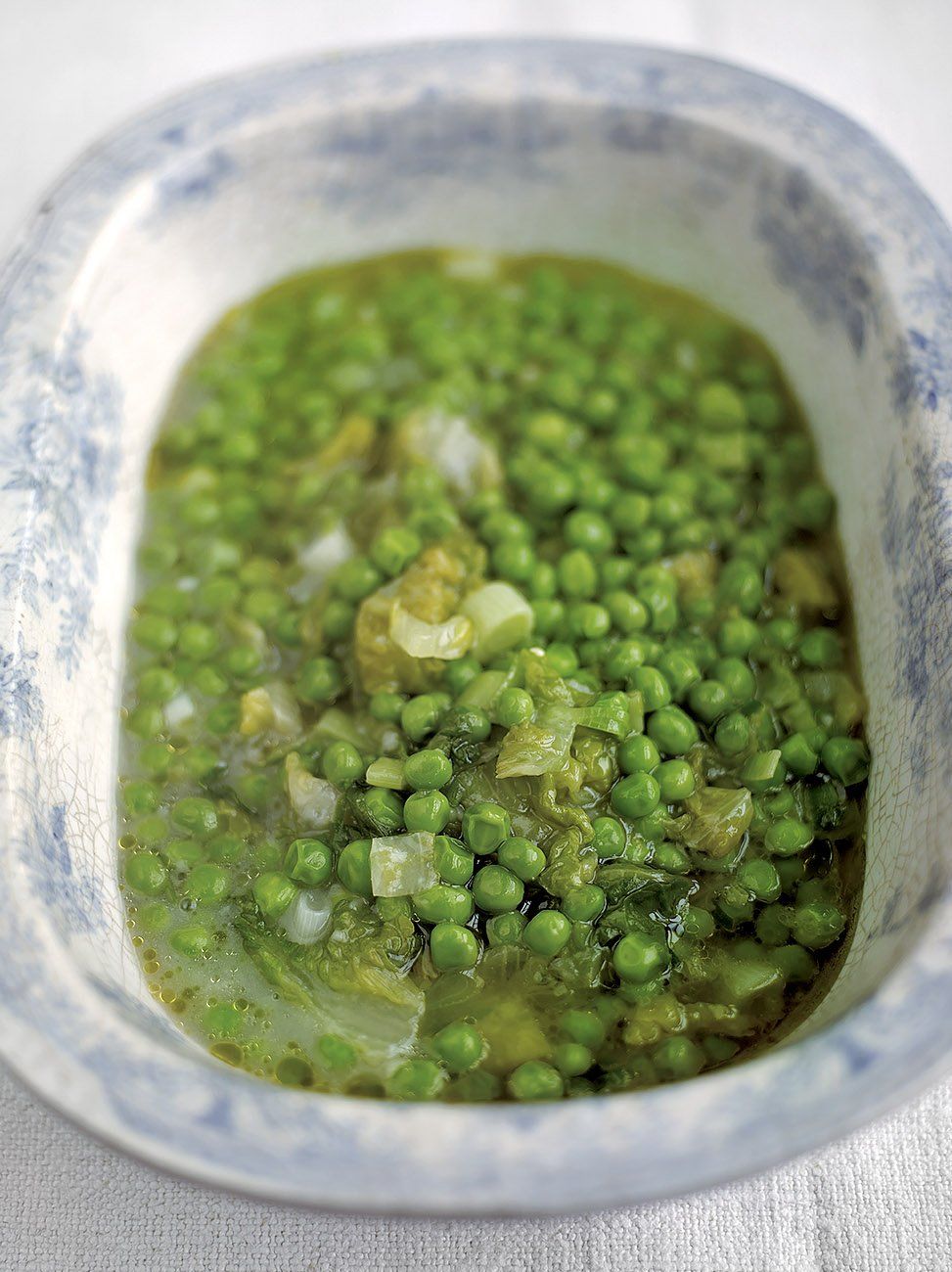
- Spinach: Spinach and lettuce have similar growing requirements, so planting them together can lead to overcrowding.
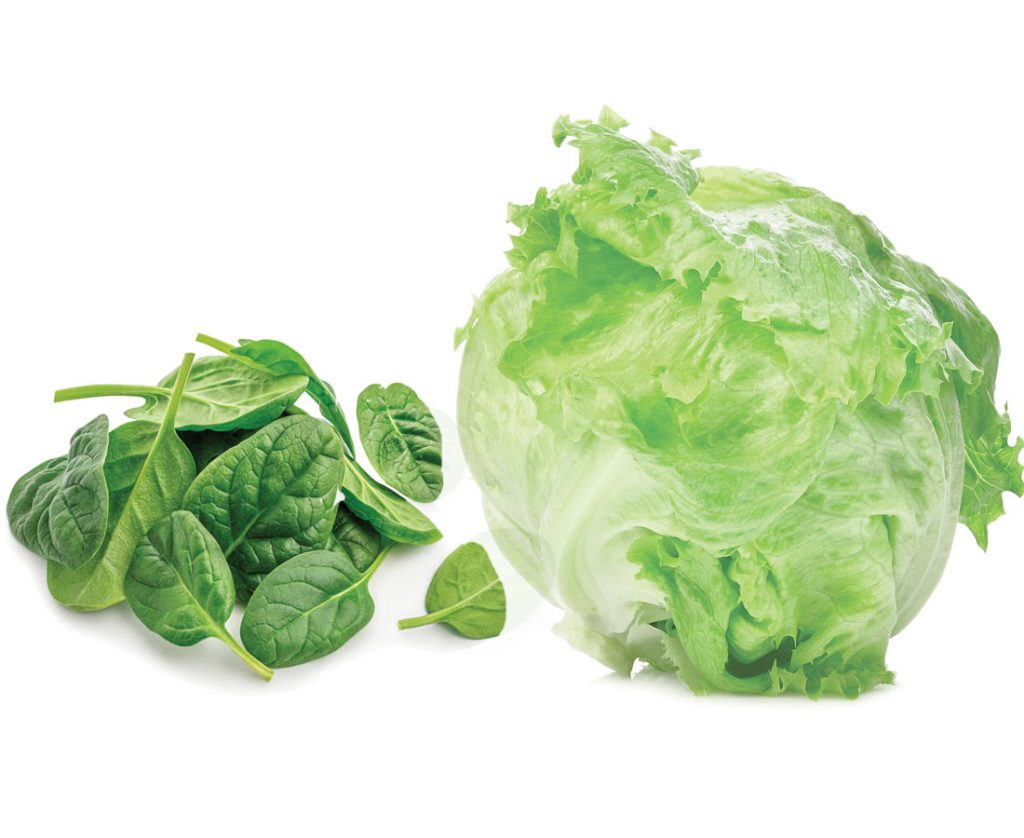
Q: How far apart should companion plants be planted?
A: The distance between companion plants will depend on the specific plants you are growing. However, as a general rule of thumb, you should plant companion plants about 12 inches apart. This will give them enough space to grow and thrive without competing for resources.
Q: How do I choose the right companion plants for my lettuce?
A: When choosing companion plants for your lettuce, it is important to consider the following factors:
- The growing requirements of the plants: Make sure that the companion plants you choose have similar growing requirements to lettuce. This will help to ensure that they will all thrive in the same conditions.
- The pests and diseases that affect the plants: Choose companion plants that will help to deter pests and diseases that are common to lettuce.
- The colors and textures of the plants: Consider the colors and textures of the plants when making your selection. This will help to create a visually appealing container garden.
Image of companion plants for lettuce in containers
- Image 1: Lettuce and carrots. Carrots and lettuce are both cool-season crops that grow well together. The carrots help to improve the soil quality for the lettuce, and the lettuce helps to shade the carrots from the sun.
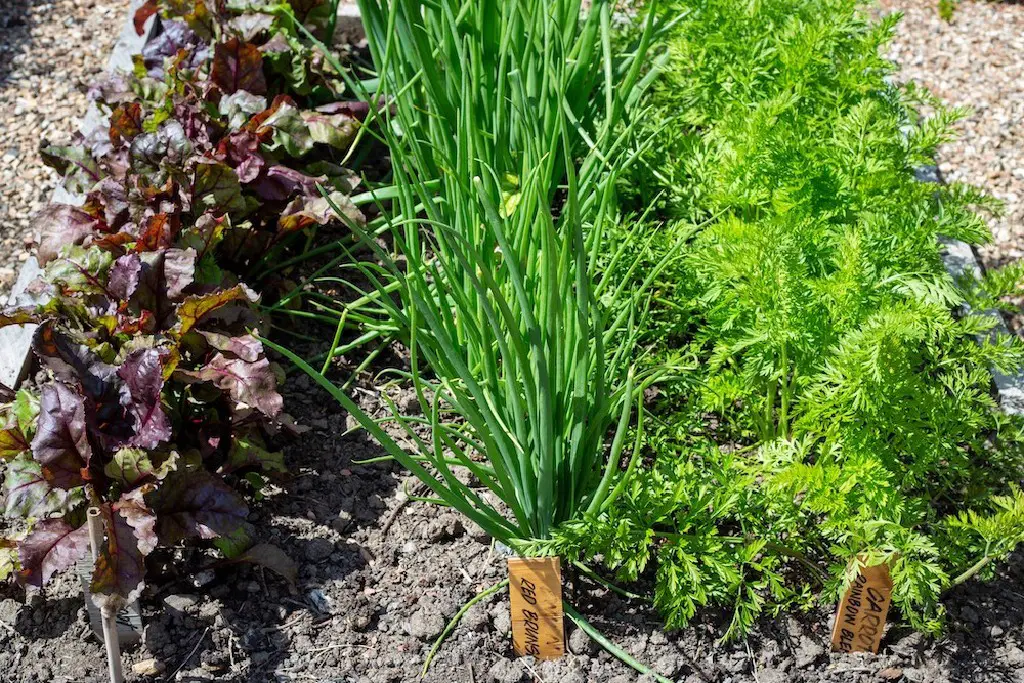
- Image 2: Lettuce and marigolds. Marigolds are a popular companion plant for lettuce because they help to repel pests. The marigolds' strong scent is unpleasant to many pests, including aphids, slugs, and rabbits.

- Image 3: Lettuce and chives. Chives are another good companion plant for lettuce because they help to repel pests. The chives' strong scent is also unpleasant to many pests, and they can also help to improve the flavor of the lettuce.

- Image 4: Lettuce and basil. Basil is a great companion plant for lettuce because it helps to improve the flavor of the lettuce. The basil's strong aroma also helps to deter pests.

- Image 5: Lettuce and nasturtiums. Nasturtiums are a beautiful and edible flower that is a great companion plant for lettuce. The nasturtiums' flowers attract beneficial insects, such as ladybugs, which help to control pests.

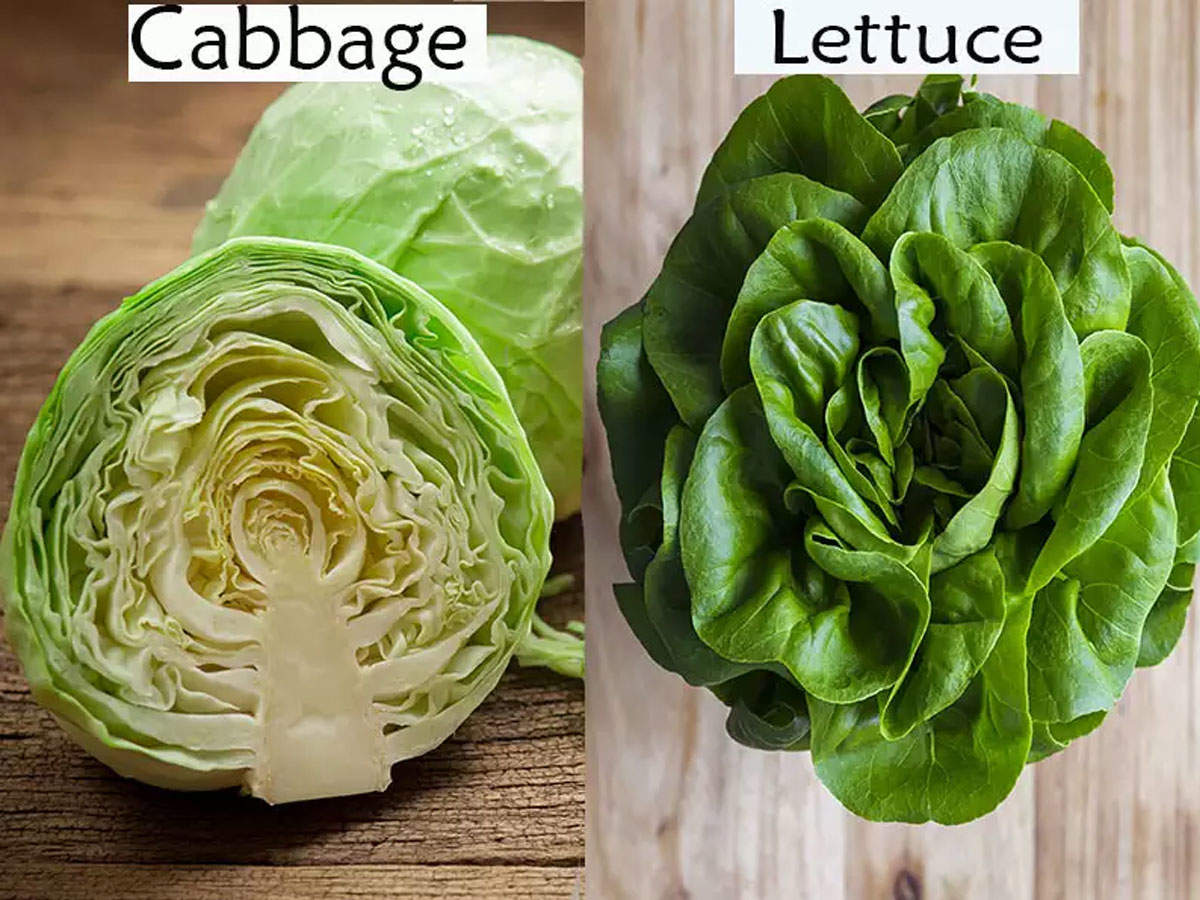
Post a Comment for "Grow Lush Delicious Lettuce In Containers With These Companion Plants"